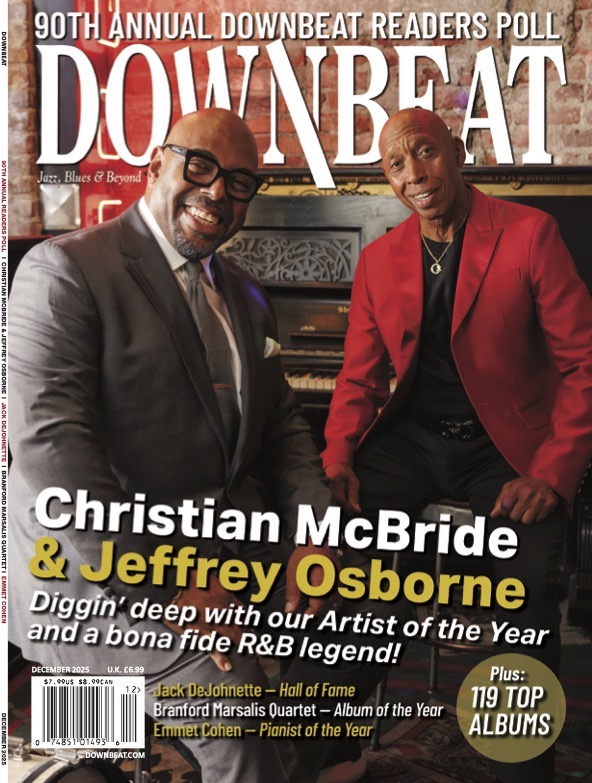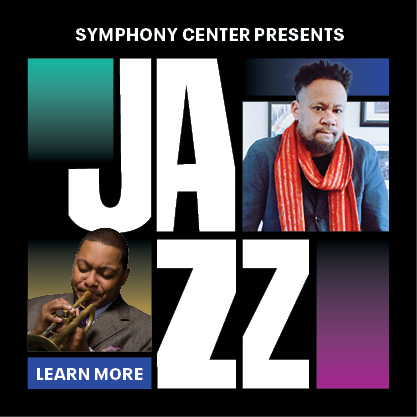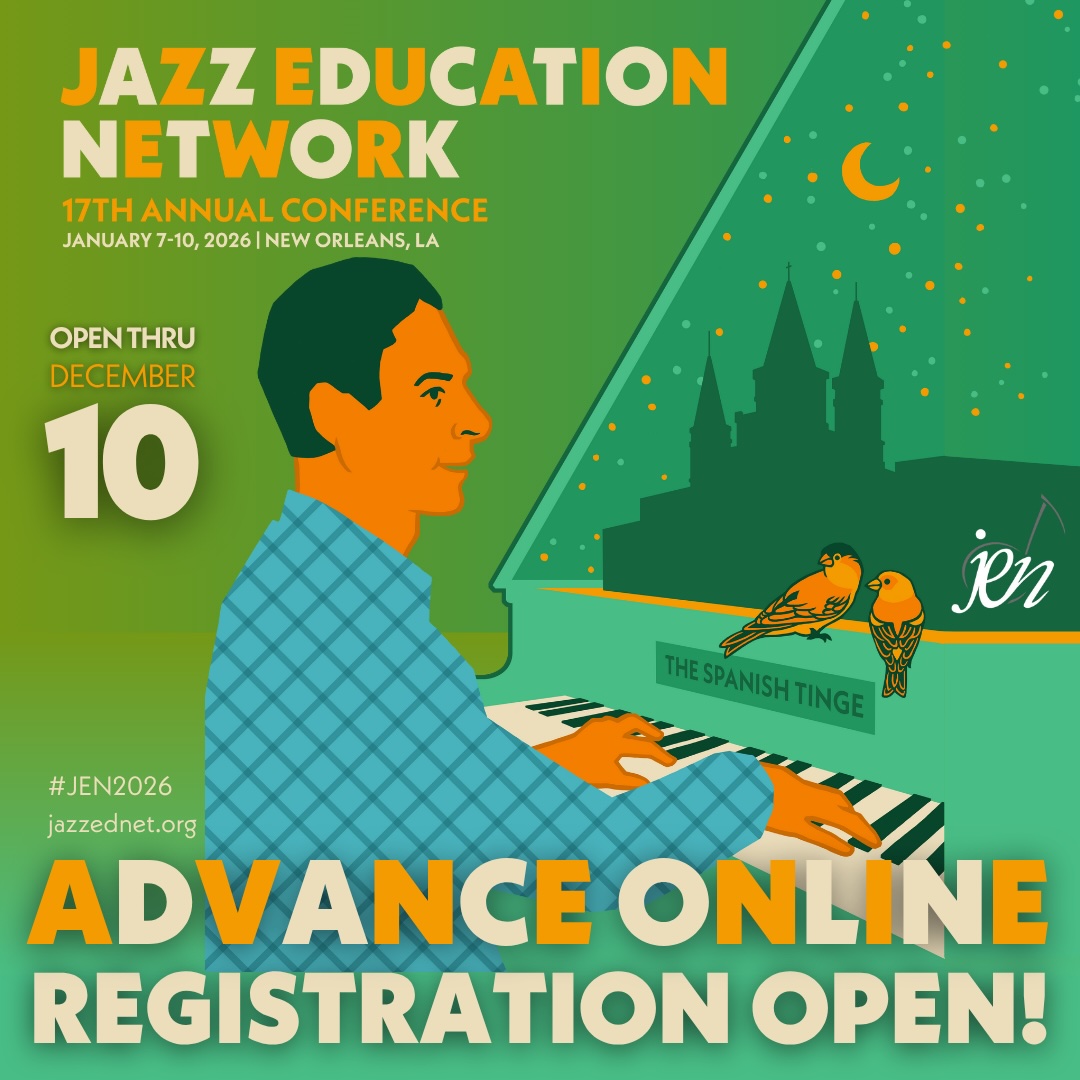Oct 28, 2025 10:47 AM
In Memoriam: Jack DeJohnette, 1942–2025
Jack DeJohnette, a bold and resourceful drummer and NEA Jazz Master who forged a unique vocabulary on the kit over his…
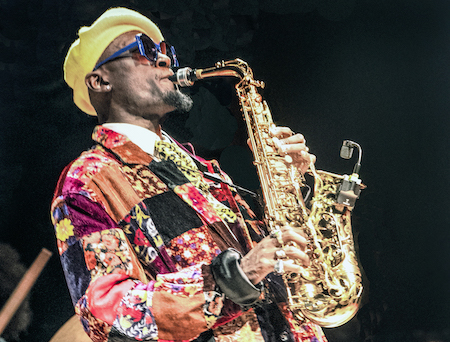
Isaiah Collier, the critics’ choice for Rising Star Group of the Year, Rising Star Tenor Saxophonist of the Year and Rising Star Flutist of the Year.
(Photo: Michael Jackson)We asked our participating critics to elaborate on several of this year’s honorees in the 73rd Annual DownBeat Critics Poll. They had plenty of high praise for the following artists and expressed insightful personal connections to their music. Their heartfelt, thoughtful comments offer a deeper understanding of jazz, blues and beyond in the year 2025.
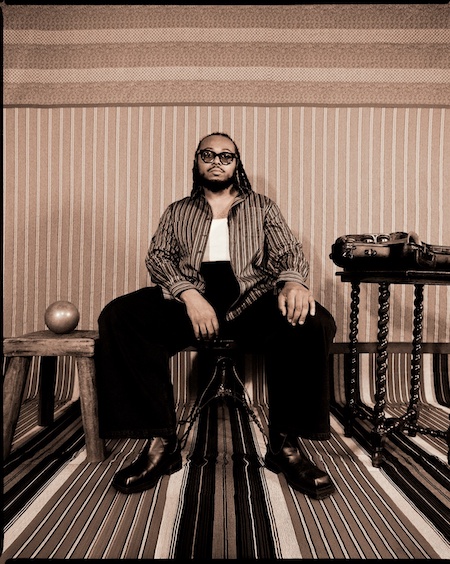
In a somewhat short span since his debut, Omega, for Blue Note in 2020, Immanuel Wilkins has made his mark. He’s developed a highly individual alto sax sound, built on elements of early mentor Marshall Allen, Paul Desmond, Greg Osby and Kenny Garrett, and evolved an imaginative musical vision and context for it to flourish. This extends from a deepening spiritual awareness, a desire to collaborate with other artistic disciplines through to highlighting civil rights issues, the latter under heavy manners in today’s world.
Wilkins also studied art history while at Juilliard and was encouraged by Jason Moran in the music-art continuum while touring with him from 2017. His wish to break down barriers in music and the arts has led to his participation in interdisciplinary events such as The Black Chapel in London and Black Monks in New York.
Wilkins has become a critics’ favorite, topping DownBeat’s Rising Star Alto Saxophonist category in 2022 followed by Alto Saxophonist in 2023 and Jazz Group of the Year and Alto Saxophonist wins last year. He’s also scored high in the Jazzwise Albums of the Year Critics Poll for his three Blue Note releases: Omega, The 7th Hand and the entwining strands of ancestry and the plight of the Harlem Six on Blues Blood. For this deep, intriguing player, composer and thinker, the Rising Star win is richly deserved.
—Jon Newey, editor in chief, Jazzwise magazine
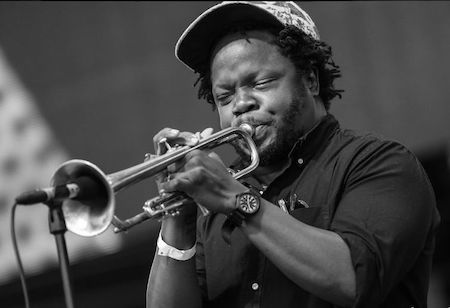
I was 17 when I first saw Ambrose Akinmusire perform at the Pacific Northwest’s lauded jazz workshop, Jazz Port Townsend. I was just a kid and Akinmusire had just released his debut record, Prelude to ... Cora, but I was immediately drawn in by his finesse and soulful depth.
As a trumpet player, Akinmusire is special. Jazz trumpet is so often about volume, bravado and heat — colors which Akimusire paints with deftly — but he’s also developed the cooler pallet. Akinmusire, who leads his groups collaboratively and understatedly, draws on the instrument’s capacity for tender nuance through subtle embouchure shifts, command of breath and unconventional melodic ideas. Likewise, he is among the first artists I ever heard to conceptually highlight the natural connection between jazz lineage and the spirit of hip-hop, an effort and aesthetic that’s iterated on by emerging jazz talent today. He can artfully shift between these many colors in response to the moment, displaying undeniable vision and command of his instrument.
Over time, Akinmusire’s gifts for collaging texture, timbre, pulse, style and emotion have only sweetened, and the critics have noticed. His latest project, honey from a winter stone, draws on chamber strings, electronic effects, rap verses, hip-hop beats and impressive trumpet interpretations. It’s one of his very best. It spotlights Akinmusire at the height of his ability as a composer, arranger and musician, propelling jazz ever-forward. —Alexa Peters
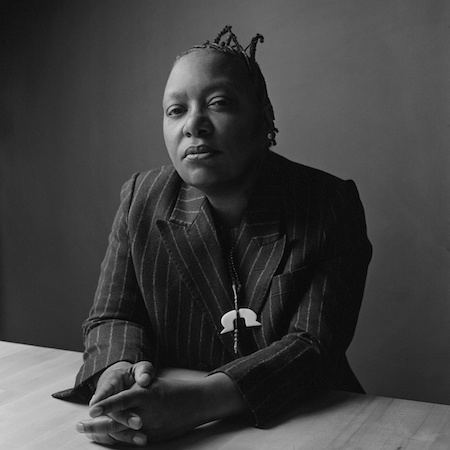
Multi-instrumentalist, composer, bandleader and vocalist Meshell Ndegeocello has been a musical force to be reckoned with ever since she dropped her debut album Plantation Lullabies in 1993. She sang about the plural state of the world and the personal inventions and dimensions of her identity. Ndegeocello has also recorded the music of Prince, Sade and TLC, but her 2024 release, No More Water: The Gospel Of James Baldwin, is her towering tribute to the legendary essayist and novelist who celebrated his centenary last year.
Ndegeocello performed a concert in 2016 dedicated to Baldwin at The Harlem Stage Gatehouse as part of its annual showcase honoring him. She read his seminal book, The Fire Next Time, which changed her life and her music. No More Water finds Ndegeocello as part of an ensemble that includes younger musicians who grew up listening to her. These talented young Turks include guitarist and co-producer Chris Bruce, vocalist Justin Hicks, saxophonist Josh Johnson, keyboardist Jebin Bruni, drummer–vocalist Kenita Miller-Hicks, keyboardists Jake Sherman and Julius Rodriguez, trumpeter Paul Thompson, spoken word poet Staceyann Chin and Pulitzer Prize-winning author and critic Hilton Als.
Baldwin was a child preacher, which is why the spirit of the Black church permeates No More Water’s 17 tracks. They range from the mellow dramatic backbeat of “Trouble,” the insurgent, spoken-word urgency of “Raise The Roof” and Ndegeocello’s guitar-driven “The Price Of The Ticket” to the Global South-grooved “Travel” and the Afro-anthemic “Pride I” and “Pride II.” Baldwin’s writings on race and love have been illuminated by Ndegeocello’s evocative musical parallel. —Eugene Holley Jr.
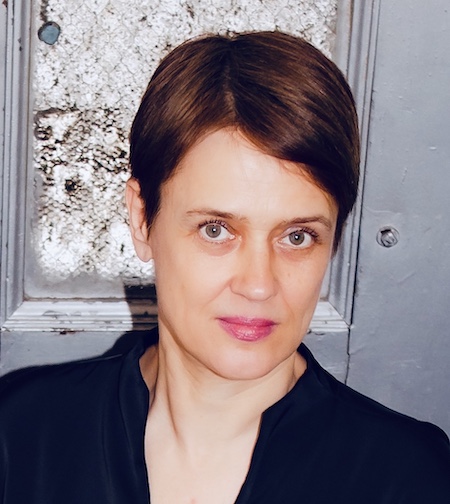
Purposing The Air is a triumph of modern chamber music, refined, cerebral and emotionally resonant. Though traces of jazz surface in the phrasing, the experience is more akin to attending a contemporary recital at a modern art museum: demanding, intimate and unapologetically artistic. Every performer involved seeks not just technical precision, but also theatrical nuance and expressive depth. It stands, without question, among the most compelling musical releases in recent memory. To fully engage with this record, one must enter Laubrock’s world shaped by a lifelong love of literature and language.
Raised in a home where the sound and meaning of words were revered, Laubrock composes with a poet’s ear and a philosopher’s restraint. Her music invites introspection and resists easy interpretation, resulting in a body of work that feels both timeless and uncompromisingly modern.
She recalls learning Portuguese while performing with Brazilian singer Mônica Vasconcelos, who emphasized the emotional weight of lyrics. That melding of linguistic sensitivity and musical experimentation informs her compositional voice. Many of the pieces were composed in solitude during the 2021 COVID lockdown, often while in residence in the U.S. and Europe or in rare moments of domestic quiet. The poems that inspired the duets were matched to instruments intuitively, less by logic than by sonic intuition. The result is an album of rare coherence, driven by emotion and executed with grace. My vote reflects this artistry, and a desire to spotlight a singular female voice in contemporary music. —Thierry De Clemensat
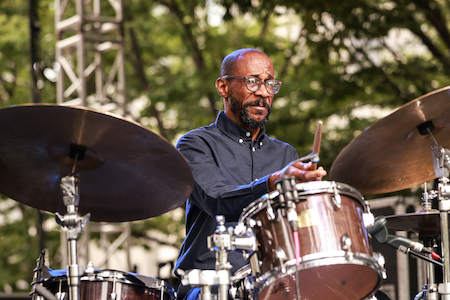
American drummer Brian Blade is a true master of his craft, equally adept at creating tight rhythmic pulses or embracing a freer approach — all while never abandoning the melodic and tonal sensitivity that makes him a standout ensemble player. I’m always captivated by musicians who seem to “speak” through their instruments, and Blade does just that, expressing emotion and setting mood with effortless grace and deep authenticity.
Whether striking skins or cymbals, his refined touch, fluidity and soulfulness consistently surprise and inspire. Rooted in gospel and spiritual jazz, Blade’s style carries a profound sense of groove, steering clear of flashy pyrotechnics in favor of mature musicality. His amazing ears and intuitive reactions elevate the music, giving him the ability to shape a piece from within, rather than dominate it.
One of Blade’s most admirable qualities is his ability to offer an active rhythmic foundation — constantly engaging with his bandmates in ways that are tasteful, meaningful and inspirational — without overshadowing the soloists. His playing often invites conversation, not competition.
With his Fellowship Band, Blade has earned a well-deserved place in the modern jazz canon, thanks to the uniqueness and quality of his creative compositions. His contributions to projects led by Kenny Garrett, Wayne Shorter, Joshua Redman, John Patitucci and, more recently, Charles Lloyd, have solidified his place as one of the most respected drummers in contemporary jazz.
To me, Brian Blade is a living legend, a musician who never disappoints, regardless of the context he’s in.
—Filipe Freitas

When I spoke to reedist/composer Isaiah Collier back in March, I asked him why he titled his latest album The World Is On Fire. He explained that he wrote most of the material as a student on the West Coast encountering wildfires for the first time. “And then,” he shared, “[the title] went from that literal thing to becoming a metaphorical thing. It became an eternal fire, an emotional fire and then really came back as a physical one. I just think the timing is very befitting.”
After having seen Isaiah Collier & The Chosen Few blow the proverbial roof off of the Brooklyn Bowl during Winter Jazz Fest in New York City, it’s clear that not only are they adept at reading the tea leaves of the moment, they also speak presciently to the future of jazz. And while civil unrest is becoming par for the course in cities across the country, it’s also clear that Collier is sensitive to how that dynamic relates to his music.
There is a vocal contingency of jazz lovers who prefer to divorce political commentary from the music, but Collier, who grew up in Chicago in a scene steeped in the vibrant tradition of spiritual and free-jazz masters like the AACM and Phil Cohran, sees that separation as antithetical to jazz culture.
He notes, “This is a culture that’s created by an oppressed group of people. So, you can’t say you’re into jazz as a social thing if you’re not socially aware of where these constructs come from.” —Ayana Contreras

Mary Halvorson has been honored as Guitarist of the Year several times since 2017, with the bonus of Album of the Year nods for recordings such as the immensity of Amaryllis & Belladonna.
From dry, icy tones and sinewy, industrial-strength assault tactics, through to her multi-versed compositions’ poetic stride, it can be said that she is her own free genre: Halvorson-Garde, rather than avant-garde.
Though swooping, emotive solos and baffling guitar lines are things of shock, awe and astounding beauty, Halvorson’s compelling collaborative improvisations are as immeasurable as they are unpredictable. Ask pianist Sylvie Courvoisier, with whom she shares 2025’s Bone Bells (which placed 5th in Album of the Year honors), or percussionist Ches Smith, whose new Clone Row album has Halvorson sparring with fellow six-stringer Liberty Ellman in the diciest guitar duel since Charlie Ellerbie met Bern Nix on Ornette Coleman’s Body Meta.
Halvorson’s just-released About Ghosts (see review on page 68) finds Halvorson cascading wildly while pushing her sextet, Amaryllis, into a traffic jam of wriggly reed sounds courtesy of new saxophonists Immanuel Wilkins and Brian Settles. So, 2026’s best Guitarist and best Album awards are covered. As for Cloudward — Halvorson’s 2024 album that pushed her, again, to the top of DownBeat’s Critics Poll — the winding yet shockingly winsome work opened even-newer doors to her talents with its spacious planes, unyielding intricacy and oddly alluring, even upbeat, melodicism.
Nothing that she’s recorded before Cloudward could be mistaken as cheerful and concordant. Yet, like every challenge she has met with music that marvels, Mary Halvorson refuses to be defined, let alone confined. —A.D. Amorosi
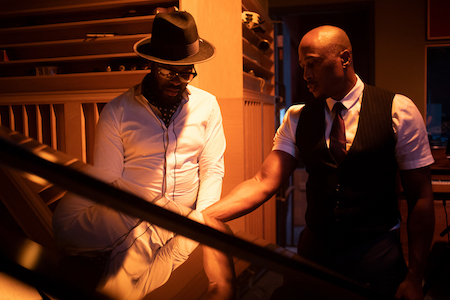
“Jazz Is Dead,” boldly proclaims the cover art of a series of eclectic analog recordings, now numbering 24, by Los Angeles-based producers Adrian Younge and Ali Shaheed Muhammad. But the music inside the sleeves puts the lie to that audacious assertion. Although the recordings do not fit neatly into any mainstream, straightahead definition of jazz, they are a provocative brew of jazzy styles nonetheless. As evolutionary developments have always demonstrated, jazz is not only not dead, but very much alive and thriving, even in the hands of musicians who are well into their 70s and 80s.
From the first release in March 2020, a compilation featuring tracks by music icons of the 1960s and 1970s, including Gary Bartz, Roy Ayers, the group Azymuth, Doug Carn, João Donato, Marcus Valle and Brian Jackson, the producers have cleverly and skillfully staked their territory while cultivating new creative ground. Subsequent releases have given further voice to those artists, as well as to singer Jean Carne, bassist Henry Franklin, the band Katalyst, keyboard artist Lonnie Liston Smith and others. The latest editions of Jazz Is Dead feature Brazilian singer Hyldon, 74; Ghanaian guitarist and composer Ebo Taylor, 89; and Brazilian pianist Dom Salvador, 86.
In just five years, the Jazz Is Dead series has become essential listening and collecting for so-called “crate-diggers,” music buffs with ears tuned to a mix of jazz, funk, soul, samba and hip-hop by artists who have been largely neglected by the bigger labels in recent years. For that alone, Younge and Muhammad deserve our appreciation and praise as Rising Star Producers of the Year. —Tom Ineck
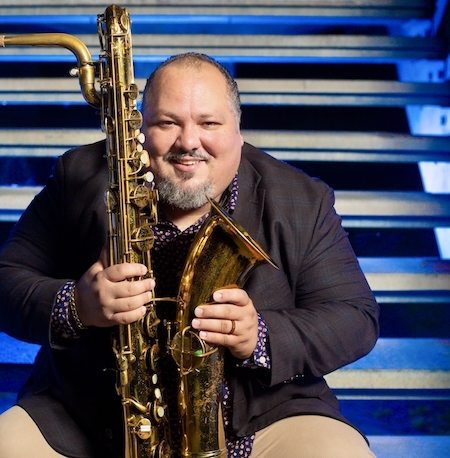
With nearly 20 albums under his belt as a leader, multi-instrumentalist Michael Dease’s relentless pursuit of swing has been burgeoning since he arrived on the scene in New York as a member of Juilliard’s initial jazz class a quarter century ago. I’ve seen or heard him play with many of the important big bands of today and as a leader of his own small groups.
In addition to coalescing his influences into his own singular sound on trombone, I have been truly impressed with the generosity of spirit that can be gleaned from the veterans he surrounds himself with, but more importantly with the younger musicians. He has turned into an all-around musician as his growth as a composer and record producer has been on a high trajectory, too.
He also digs a little deeper to find that hidden gem from an iconic historic player of the past. But what really knocks me out is that he is one of the very few current musicians who consistently records the music of his peers. He shocked me, and I think most in the jazz world, two years ago when he put out Swing Low playing only baritone saxophone. That’s when I came up with the line “Dease is a Beast.” Turns out sax was his first instrument.
Having put New York in his rearview mirror, he is now one of the leading musical dons of the influential Central Michigan Jazz Mafia and an international jazz star destined for greatness. —Mark Ruffin
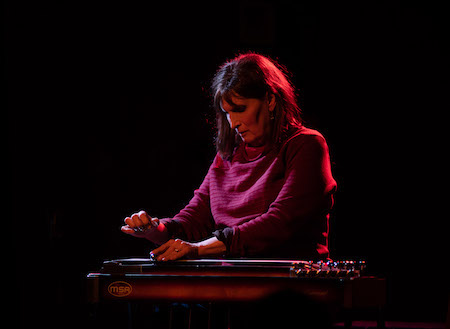
Pedal steel guitarist Susan Alcorn sadly passed away on Jan. 31 of this year, at age 71. I still voted for her in the DownBeat Critic’s Poll, if only to honor her indelible memory. She was already a star in my opinion, always rising, and her stylistic range was “beyond” most things. With experience forged in the hardscrabble honky-tonks around Houston, Texas, where she moved after picking up the instrument in Chicago during the 1970s, Alcorn was a true master of and innovator on her instrument. She was always a musical seeker, and at a certain point country wasn’t enough for her. Alcorn was interested in all kinds of music, but as she formed an expanding interest for improvisation her music gravitated toward jazz, which became her primary focus in the final decades of her life, especially after moving to Baltimore in 2007.
Her playing alongside Mary Halvorson, Joe McPhee and Ingrid Laubrock, among others, highlighted her harmonic sophistication and her keen lyric sensibility. She could summon dense chaos when engaging with experimental guitarist Bill Nace, and she also delved into unexpected corners of the musical globe, finding ways to translate the chamber music of Olivier Messiaen and the nuevo tango of Astor Piazzolla to pedal steel, the beauty and resourcefulness of her interpretations transcending any novelty factor. Her rejection of stylistic hierarchies probably made things harder for her career, but her astonishing body of work and a deep sense of humanity had the last word. Susan Alcorn lives. —Peter Margasak
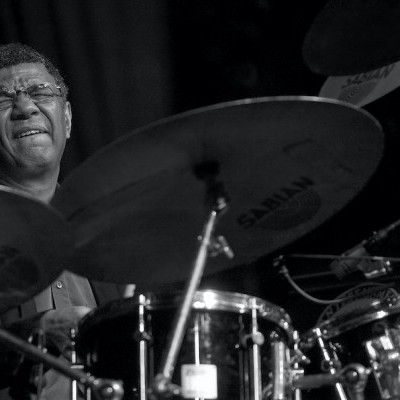
Jack DeJohnette boasted a musical resume that was as long as it was fearsome.
Oct 28, 2025 10:47 AM
Jack DeJohnette, a bold and resourceful drummer and NEA Jazz Master who forged a unique vocabulary on the kit over his…
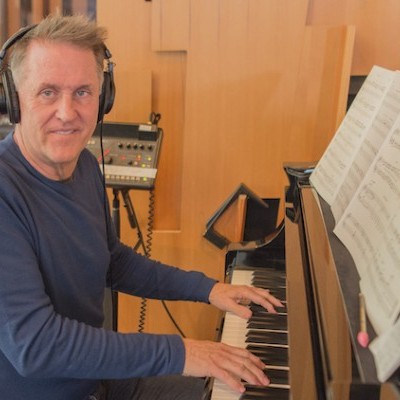
Goodwin was one of the most acclaimed, successful and influential jazz musicians of his generation.
Dec 9, 2025 12:28 PM
Gordon Goodwin, an award-winning saxophonist, pianist, bandleader, composer and arranger, died Dec. 8 in Los Angeles.…
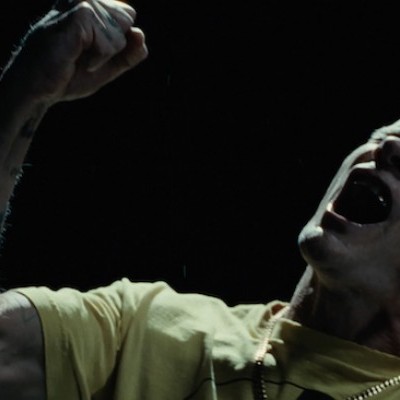
Flea has returned to his first instrument — the trumpet — and assembled a dream band of jazz musicians to record a new album.
Dec 2, 2025 2:01 AM
After a nearly five-decade career as one of his generation’s defining rock bassists, Flea has returned to his first…
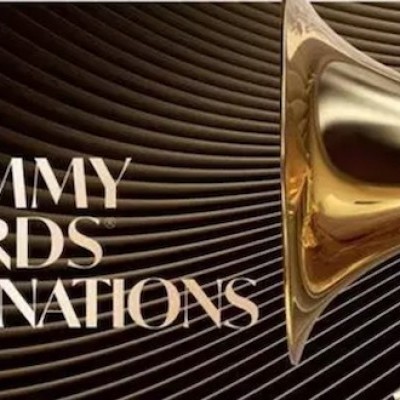
To see the complete list of nominations for the 2026 Grammy Awards, go to grammy.com.
Nov 11, 2025 12:35 PM
The nominations for the 2026 Grammy Awards are in, with plenty to smile about for the worlds of jazz, blues and beyond.…
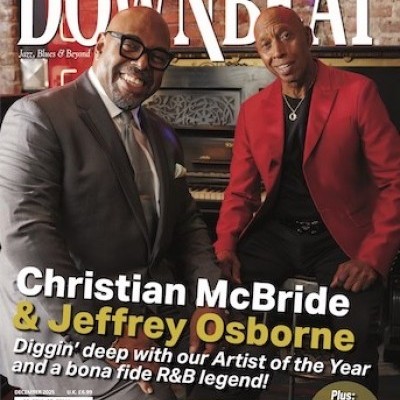
Nov 13, 2025 10:00 AM
For results of DownBeat’s 90th Annual Readers Poll, complete with feature articles from our December 2025 issue,…

